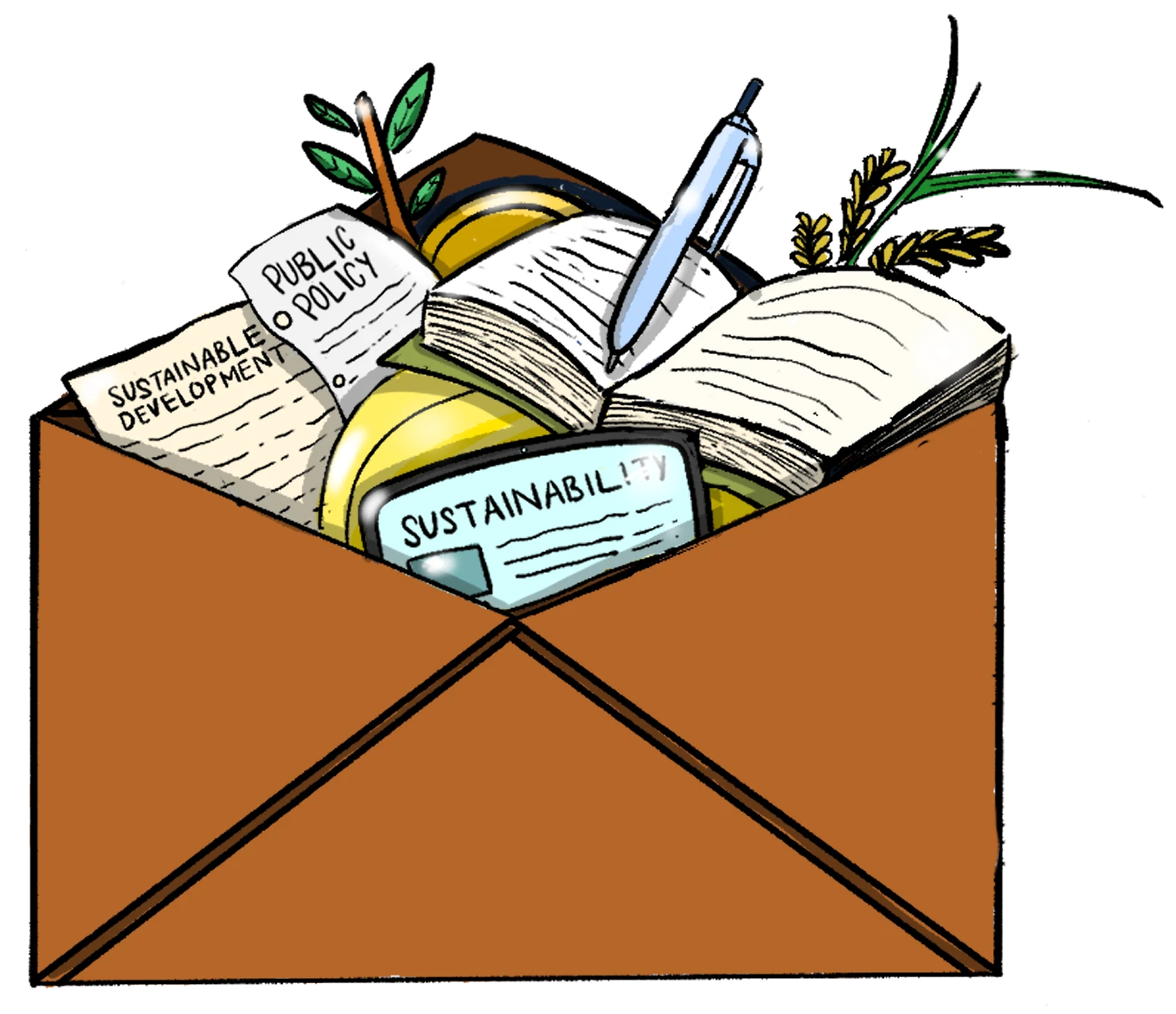The Cooling Paradox: Sustainable cooling should not heat the planet even more

Photo: otekirsche20 on Unsplash
Climate change is real, and 2023 was the hottest year on record. As the planet heats up, it makes sense that the global demand for cooling systems is rising. The paradox is that cooling systems, which are made to help us survive rising temperatures, are also significant contributors to global warming. How does this happen, and is more sustainable cooling possible?
Fighting Extreme Heat
Extreme heatwaves have become an increasingly common occurrence worldwide. By 2030, approximately 500 million people will be exposed to highly dangerous heat at least 30 days a year. Extreme heat poses severe health risks, including death. The risks are higher for vulnerable groups like children, people with disabilities, outdoor workers, and the elderly. A 2021 report estimated about 345,000 heat-related deaths in 2019 among people aged 65 and older.
Meanwhile, cooling systems, such as refrigeration and air-conditioning, are proven to be lifesaving in extreme heat conditions. Air-conditioning has averted an estimated 190,000 heat-related deaths annually from 2019 to 2021.
So, it makes sense that the energy demand for cooling has been increasing at a rapid pace. There are roughly two billion air-conditioners operating globally today, and the number is bound to keep rising. A 2018 International Energy Agency (IEA) report predicted a threefold increase in the three decades, equivalent to adding ten new air conditioner units per second. In Southeast Asia, cooling systems could account for two-fifths of the region’s energy demand by 2040 due to economic development, population density, and urbanization.
The Cooling Paradox
We have established that cooling is vital for our survival. At the same time, cooling systems are also harmful for several reasons:
- They are energy-intensive: Though energy efficiency has improved, most cooling systems in use are less than half as efficient as the highest-performing one. Air-conditioners, refrigerators, and other cooling technologies end up straining the power grid, especially during extreme heatwaves. Unfortunately, this strain could even lead to power outages.
- They contribute significantly to GHG emissions: The electricity cooling required likely comes from non-renewable sources and processes. They contribute to about 4%of global greenhouse gas emissions, twice as much as the aviation industry. In 2021 alone, cooling accounted for about one gigaton of CO2 emissions. Additionally, the hydrofluorocarbon (HFC) material used as coolants has a high Global Warming Potential (GWP). The HFCs absorb 150 to 5,000 times more heat than CO2 if they leak and escape into the atmosphere, which is likely to happen.
- They hinder physiological adaptation: Overuse and overreliance on cooling systems and technologies can disrupt how our bodies acclimatize to heat exposure. In turn, it can make people more susceptible to heat stress when there is no artificial cooling.
Socioeconomic Disparities
Despite the overall increase in cooling system use globally, inequalities remain. Many of those who need cooling still have limited to no access to air-conditioning or any kind of cooling system. In regions with hot climates, only 15% of the population own air-conditioners. For instance, only 5% of sub-Saharan households have air-conditioning. The numbers are only slightly better in Indonesia (less than 20%) and Mexico and Brazil (around 30%).
In contrast, nearly 90% of households in the US own an air-conditioner, while 85% of Japan and Korea are covered. Furthermore, high-income countries tend to overuse air-conditioning daily, majorly contributing to global warming and leaving the Global South even more vulnerable to excessive heat and other climate impacts.
Within the same country, disparities still exist. For many countries, electricity coverage has yet to reach 100%. Even when the coverage is there, the cost of electricity is already too high for many without the addition of cooling systems to the household. Moreover, slums and other poor urban areas lack green spaces, are dense, and are likely in proximity to factories and industrial operations. Those factors make their living areas hotter than high-income neighborhoods.
Toward More Sustainable Cooling
Cooling is necessary not just for people to survive against heat but also for storage. The importance of cold storage for food and medicine, such as farming harvests and vaccines, also makes cooling a food security and healthcare issue. Thus, creating sustainable cooling solutions is crucial.
At COP28 in 2023, 66 countries signed the Global Cooling Pledge, committing to reduce cooling-related emissions by at least 68% from 2022 levels by 2050. Beyond commitment, tangible actions to tackle the challenges in the cooling sector are needed urgently.
Key recommendations include innovations for climate-friendly coolants; a transition to clean, renewable energy; and mainstreaming policies, programs, and financing mechanisms to ensure affordable and efficient cooling systems for all. Furthermore, a holistic approach to cooling should be prioritized. Utilizing nature-based solutions and people-centered urban and land use planning is essential to creating a space that needs less artificial cooling and heating.
It is not easy, but sustainable cooling systems are possible with cohesive, multidisciplinary collaboration across stakeholders. All in all, tackling the cooling paradox and achieving sustainable cooling is imperative to the health and wellbeing of people and the planet.

Join Green Network Asia Membership
Amidst today’s increasingly complex global challenges, equipping yourself, team, and communities with interdisciplinary and cross-sectoral insights on sustainability-related issues and sustainable development is no longer optional — it is a strategic necessity to stay ahead and stay relevant.


 The Politics of Disaster: State Capacity and the Illusion of Safety
The Politics of Disaster: State Capacity and the Illusion of Safety  Expanding Health Service Coverage for Health Without Financial Hardship
Expanding Health Service Coverage for Health Without Financial Hardship  Looking for Sustainability in the Uganda National Tourism Policy
Looking for Sustainability in the Uganda National Tourism Policy  The Conservation Incentive Model of Tropical Forest Forever Facility (TFFF): Is it enough?
The Conservation Incentive Model of Tropical Forest Forever Facility (TFFF): Is it enough?  Reflecting on Our Understanding of Disaster
Reflecting on Our Understanding of Disaster  How Middle Managers Can Become the Bridge of Corporate Sustainability
How Middle Managers Can Become the Bridge of Corporate Sustainability